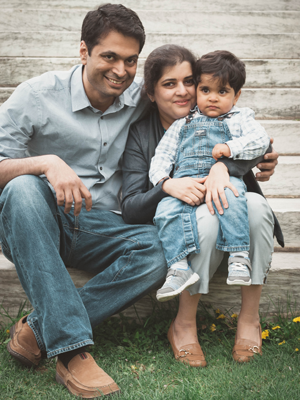
- Select a language for the TTS:
- UK English Female
- UK English Male
- US English Female
- US English Male
- Australian Female
- Australian Male
- Language selected: (auto detect) - EN
Play all audios:
A file photo of the traffic police in Thane using an e-challan device Mumbaikars can look forward to some relief in traffic congestion on roads as the traffic department, Regional Transport
Authority and Brihanmumbai Municipal Corporation hope that long-term measures adopted by them will help reduce traffic problems in the city by the end of this year. The three authorities on
Thursday gave presentations to the Bombay high court on steps adopted by them to reduce traffic congestion in the city. It's estimated that there are around 2.3 million vehicles in the
city and three lakh vehicles enter Mumbai daily. Mumbai police commissioner Rakesh Maria, who led the presentation for the traffic police department, informed the court that the E-challan
pilot project will start within a month and the entire project will roll out in three months. "On the lines of Bangalore and Hyderabad, Mumbai traffic police will also start the
E-challan system. We have tied up with the State Bank of India. Hand-held gadgets will be provided to traffic constables and officers who are on the streets. If any traffic violator is
stopped, only a receipt can be issued to him or her through this. The fine amount will have to be paid online." The high court had sought a presentation during the hearing of a public
interest litigation filed by Bombay Bar Association seeking strict implementation of traffic rules and regulations. Maria also informed the court that around 6,000 CCTV cameras have been
sanctioned by the home department and would soon be installed in the city for better traffic management. "As of today, the traffic police has 229 CCTVs. But these are not of high
quality and are not enforcement cameras. They are only for traffic management. You cannot capture the number plate of a vehicle through them. But the new CCTVs that will be provided by the
government are of high quality," Maria added. The Regional Transport Office (RTO) informed the court that while it has already shared with the traffic police the digitised database of
vehicles registered in the city after 2006, the process of digitisation of data of vehicles registered prior to 2006 will be completed within six months. The police also informed that a
special accident unit is being set up to rush to the accident spot to remove the vehicle and later study and analyse the incident considering parameters like time of accident, road-type etc.
This would help in preventing accidents in future. The police chief expressed that ideally, like in foreign countries, an ideal situation would be to make all the traffic signals in the
city Area Traffic Controlled signals. These signals senses the traffic and accordingly control the signal and its timings. It was also informed that a traffic helpline will be set up in
three months which would give callers information based on real-time data. The court, after perusing the presentations made by the police, BMC and RTO, suggested to the transport authority
to have stricter tests while issuing licences. "Today, we see that people do not have the basic sense of driving. Have strict tests," it said and added that the traffic department
to ensure vehicles are not parked on footpaths since it causes pedestrians to come on the road. "Ensure that bikers don't speed on roads," the court said. The court, while
disposing of the PIL, directed that the suggestions made by all the parties concerned be put up on the traffic police website to help citizens respond.





